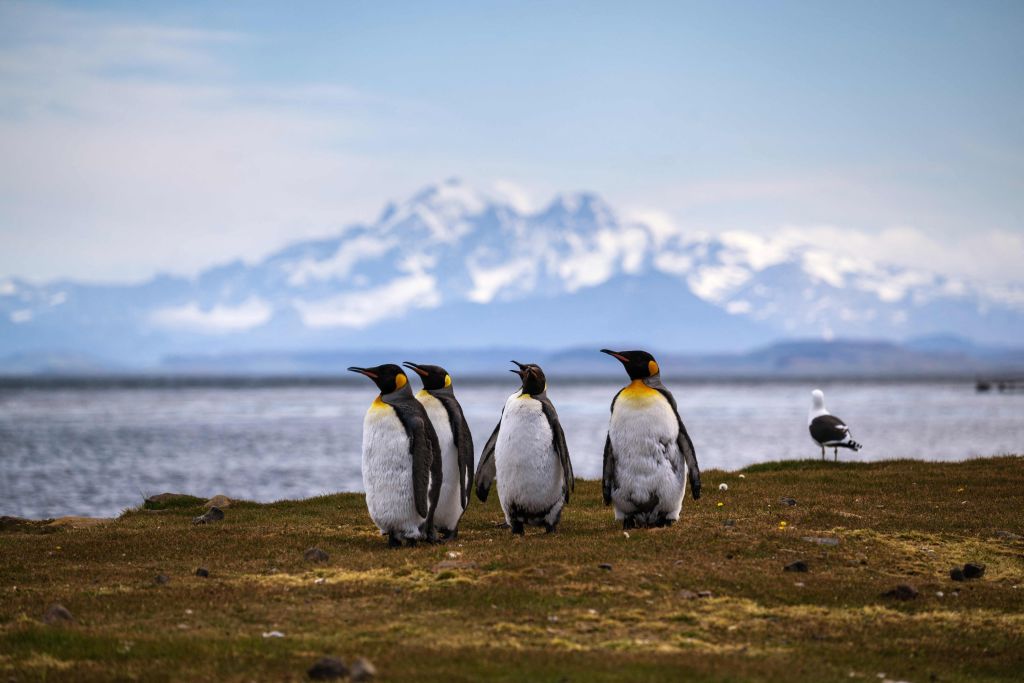Penguins are primarily found in the Southern Hemisphere, from Antarctica to numerous remote islands. According to a marine biologist and BBC producer, their isolation is due to their need for nutrient-rich waters that support a productive enough food chain to keep them in fish. Likely, penguins haven’t migrated further north because they cannot fly and due to vast areas of tropical waters that are less productive before the next significant upwellings. In addition, the Arctic poses a threat due to the lack of habitat and exposure to predators such as foxes, wolves, and polar bears. Climate change and extreme weather are listed as the biggest threats to penguin species, with 10 facing extinction, according to the IUCN Red List.
Introduction:
The Arctic is known for its unforgiving climate and hazardous landscape. Despite its harsh conditions, several species, including the resilient penguins, call the Arctic their home. However, this environment poses significant threats to these flightless birds‘ survival. In this article, we will explore the Arctic’s dangers and how they affect penguins.
Hostile Climate:
Sub-zero temperatures, powerful winds, and snowstorms characterize the Arctic’s notorious environment. This hostile climate can be fatal for animals not adapted to such conditions. Penguins that thrive in the warmer temperatures of the southern oceans are not naturally equipped for such needs. They lack the insulating feathers and blubber that Arctic animals like seals and walruses have to survive the extreme cold. Additionally, the Arctic has fewer daylight hours, affecting the penguins’ ability to hunt and forage for food. This climate also contributes to the melting of sea ice, which has severe implications for penguin populations.
Food Shortages:
Penguins require a stable food supply to survive, and the Arctic’s unforgiving environment significantly threatens their feeding patterns. The Arctic’s harsh conditions make it challenging for penguins to find food, and the limited time the sun is visible in the region significantly limits the opportunity to forage. According to environmental expert Dr. Karen Warkentin, who specializes in ecological and evolutionary physiology, penguins that migrate to the Arctic for the feeding season may struggle to find food because the timing doesn’t always match up. “Penguins’ breeding cycle means leaving their young to forage in the ocean. When they return to the Arctic to find food, it may be too late in the season, and the prey has already left,” explains Dr. Warkentin. The food shortage may result in malnourishment or starvation, ultimately affecting their ability to breed or molt.
Predators:
The Arctic has several Apex predators, including polar bears and Arctic foxes. These animals are notorious for preying on weaker animals like struggling penguins. Due to their limited mobility on land, penguins are particularly vulnerable to attacks from Arctic foxes and polar bears. Additionally, the Arctic’s dangerous waters may harbor predators such as orcas and humpback whales, which can pose risks to foraging penguins.
Human Intervention:
Human intervention has also contributed to the Arctic’s hostile environment. Oil exploration and commercial fisheries result in the pollution and overfishing of the Arctic’s waters, affecting the penguins’ food sources and health. AHuman intervention can also lead to increased shipping routes, which can cause oil spills and other pollution events, further endangering penguin populations. s a result of human activity, global warming is responsible for melting Arctic sea ice. This, in turn, has significant implications for penguin populations that rely on it for shelter, foraging, and breeding.
Conclusion:
Although penguins are not naturally adapted to the harsh Arctic climate, they are creatures of remarkable resilience, and we must do everything we can to support their survival. The harsh environment, food shortages, predators, and human intervention make the Arctic dangerous for penguins. We must address the human-made issues affecting the Arctic, such as pollution and overfishing, to ensure that the penguins have a fighting chance of survival.


